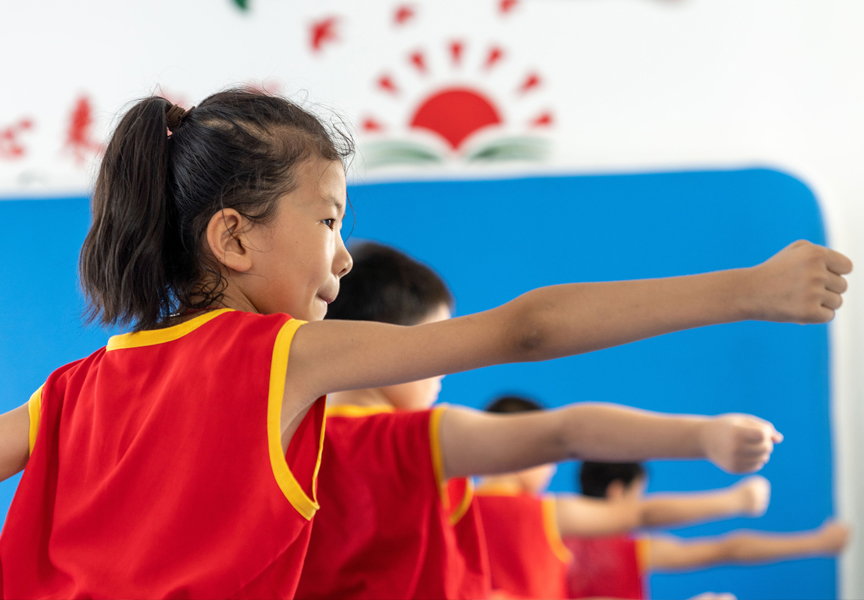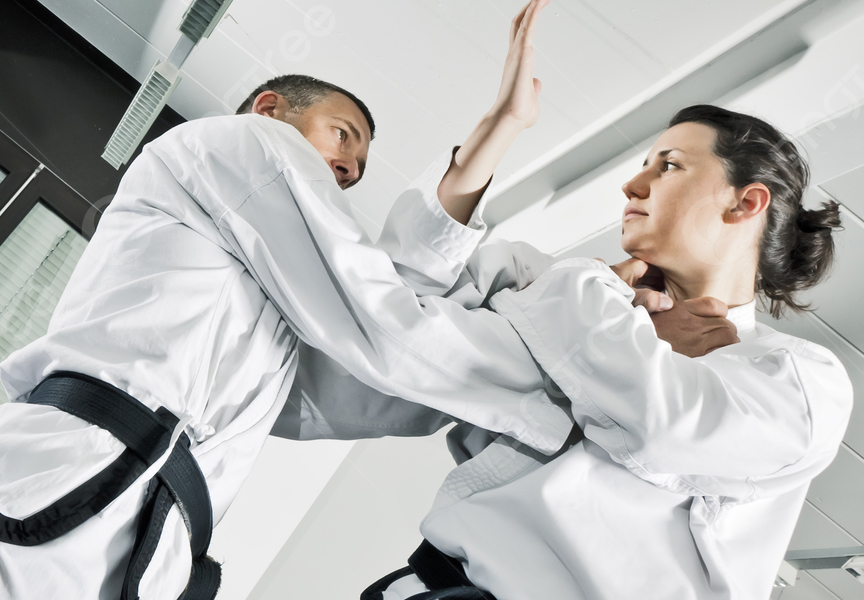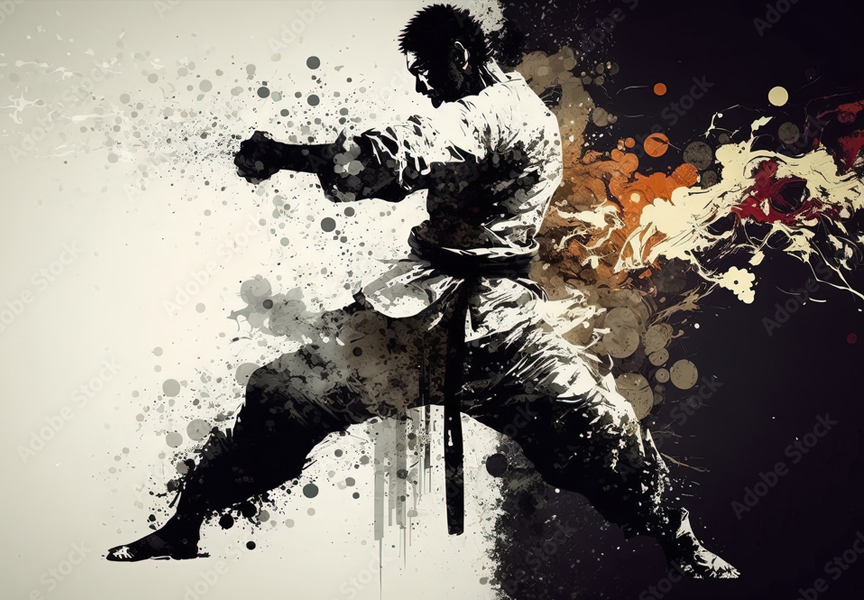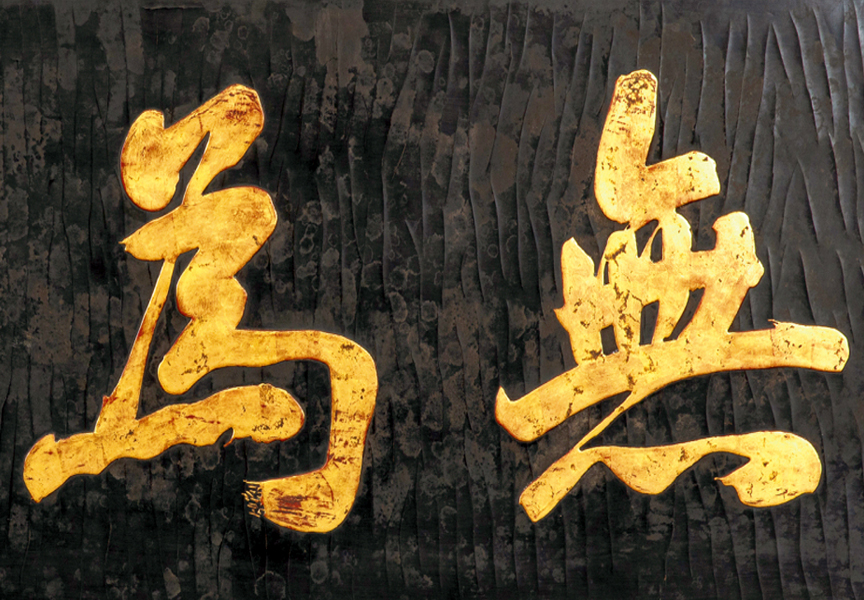Random Free Articles
- Martial Arts. Pursuit, Not a Fad

In a world where trends and fads come and go like fleeting seasons, martial arts stands as a testament to enduring tradition, discipline, and profound physical and mental development. While some might perceive martial arts as a passing craze or a mere form of entertainment, its roots run deep, and its relevance transcends time. In this article, we will explore why martial arts is not a fad, but rather an enduring practice that has stood the…
- Embracing Feminine Leadership

Following and Accepting a Woman as Our Martial Arts Master In the traditionally male-dominated realm of martial arts, the image of a wise and revered master is often conjured as that of a stern-faced, elderly man imparting his ancient wisdom to a sea of eager disciples. However, as societal norms continue to evolve, so too does our perception of leadership within martial arts. It's time to challenge the status quo and explore the profound…
- The Manifesto of Martial Arts

Beyond Championships to Internal Improvement In a world driven by competition and the pursuit of championships, it is imperative to revisit the essence of martial arts. This manifesto seeks to redefine the perception of martial arts, emphasizing that they should not be considered merely as a sport. Instead, martial arts are profound disciplines that transcend the quest for championships, focusing on internal improvement and personal growth. I.…
- Sparring vs. Survival Instinct

Combat training and physical response Martial arts, an age-old discipline, is not just about learning how to fight; it is about building character, discipline, and understanding the fine balance between aggression and defense. Central to this training are two crucial components: sparring and the development of a survival instinct. While both are indispensable, their utility varies based on the context and the goals of the practitioner. This…
- Qi Gong. The Vital Energy

Vital internal energy is a Chinese cultivation practice which, according to specific written documents, goes back at least 3000 years ago. During the legendary Chinese ruler's Tang Yao monarchy; qigong art used as a form of dancing. The actual origins of Qi Gong, however, are lost in Chinese prehistory. Qi Gong was practiced during the earliest period in order to maintain good health. In Master Lu's Spring and Autumn records which…

